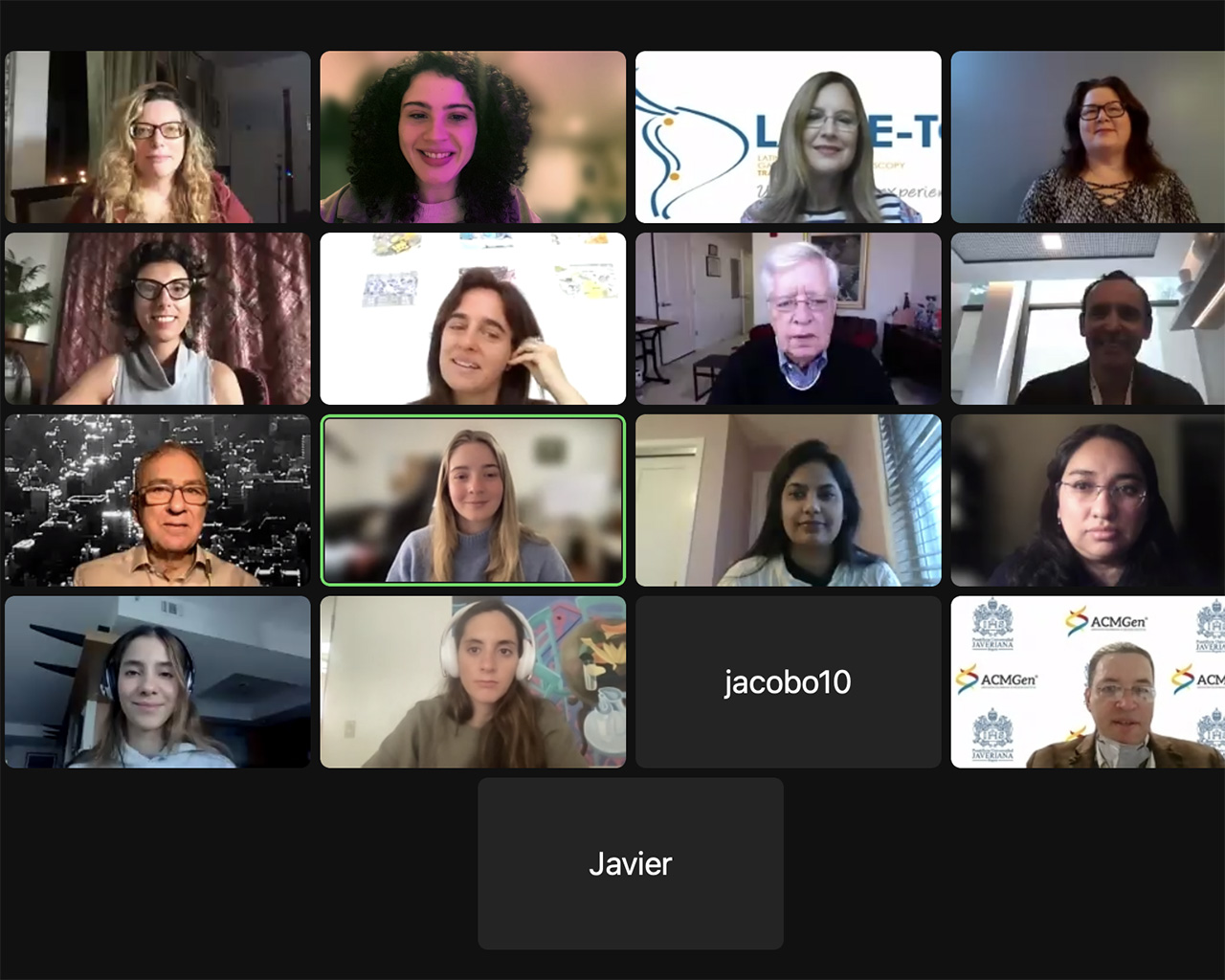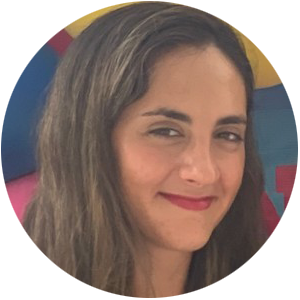41
Newborn Screening
for RDs
in Latin America
AHF Convenes a Consensus Conference
on Newborn Screening for RDs in Latin America
NEWBORN SCREENING FOR
for RDs in Latin America
Rare Diseases (RDs) affect roughly 350 million people worldwide. In Latin America and the Caribbean, the number of those living with RDs may reach 35 million. The definition of RD, however, varies from country to country, challenging early diagnosis and newborn screening practices, integrated programs or registries, guideline creation, and research. Almost intrinsically genetic and pediatric, RDs are a leading cause of mortality and morbidity in neonatal and pediatric intensive care patients in the United States and, although data is missing in LAC, one can infer a similar impact.
Newborn screening (NBS) practices and the early diagnosis of RDs can enable early interventions, reducing morbidity and improving patient outcomes and quality of life. In LAC, despite pervading socioeconomic disparities, the landscape is optimistic and indicates continuous growth. Nonetheless, existing gaps surrounding NBS in LAC must be addressed.
As a result, AHF convened a meeting of experts on rare diseases from Argentina, Brazil, Chile, Colombia, Mexico, and Panama to develop recommendations for increasing access to NBS and early diagnosis for RDs in the LAC region. The manuscript entitled “Opportunities and challenges for newborn screening and early diagnosis of Rare Diseases in Latin America and the Caribbean” has been published by Frontiers in Genetics. The full article is available here.
PANELISTS INCLUDED








